News
Study identifies policy needs, challenges, and future pathways. › more
Report by Jose Valdez, postdoctoral researcher of Biodiversity Conservation at iDiv and Martin Luther University Halle-Wittenberg (MLU) Despite hosting some of the world's most biodiverse ecosystems… › more
Largest modelling study of its kind, published in Science › more
Researchers at iDiv propose a new strategy for rewilding amphibians in a recent study. › more
One-third of Africa’s great ape population faces risks related to mining › more
Ecologist Prof Henrique Pereira is part of the ECB's Motifs Advisory Group, which proposes motifs for the next generation of euro banknotes. › more
Survey shows positive attitudes towards rewilding in the Oder Delta region, but finds locals’ feelings are mixed. › more
A new approach to co-designing biodiversity indicators › more
Species observations have unveiled a potentially universal pattern › more
NaturaConnect Stakeholder Event in Brussels brings over 70 leading EU policy and governmental decision-makers › more
Study finds that current monitoring data may be far too incomplete and deficient to provide a precise global picture of local biodiversity richness trends › more
European project started to assess ecological restoration through rewilding › more
Report by Dr. Sandeep Sharma, Researcher of the Biodiversity Conservation research group at iDiv and MLU, and lead author of a new publication in Ecology and Evolution › more

Report by Dr Corey Callaghan, Assistant Professor at University of Florida, formally postdoctoral researcher at iDiv and Martin Luther University Halle-Wittenberg › more
International project NaturaConnect brings together the knowledge on how to protect biodiversity in Europe › more
Recent expansions mean little more than a stabilisation of the species › more
New research offers a pathway to achieving the 30 by 30 target using ecosystem diversity across four South American countries › more
Report by Dr Jose Valdez, Postdoctoral Researcher of the Biodiversity Conservation research group at iDiv and Leipzig University, and senior author of a new publication in Frontiers in Ecology and… › more
Researchers recommend urban conservation gardening measures to reverse horticultural trends › more
Reptiles likely benefit from efforts to save other animals › more
Based on a press release by the Martin Luther University Halle-Wittenberg (MLU) National biodiversity monitoring programmes in Europe face many challenges: too little coordination, inadequate… › more
Study closes gaps in the risk of extinction of plant species › more
BMBF research project starts in the Oder Delta model area › more
New study shows: Europe's grasslands, forests and mountain summits are becoming increasingly similar in species composition › more
Scientists propose framework for national-level implementation of global biodiversity goals › more
Traffic probably poses one of the greatest risks to animal populations. However, we currently know very little about this issue. › more
Scientists have developed a new way of evaluating rewilding progress › more
Researchers record adaptability of 158 butterfly species to urbanisation › more
How to measure biodiversity using satellites › more
Ensuring sustainability of crop and timber production would mitigate the greatest drivers of terrestrial wildlife decline › more
Biodiversity doesn’t feature enough in large-scale assessments of ecosystem services › more
Researchers propose necessary corrections in global biodiversity policy › more
Information system on Europe’s biodiversity and ecosystems for policy makers › more
New publication in Science with iDiv contribution › more
Evidence-based conservation is key to curb primate population declines › more
A comment by Prof Dr Henrique Pereira › more
More nitrogen in the soil: common plant species on the rise › more
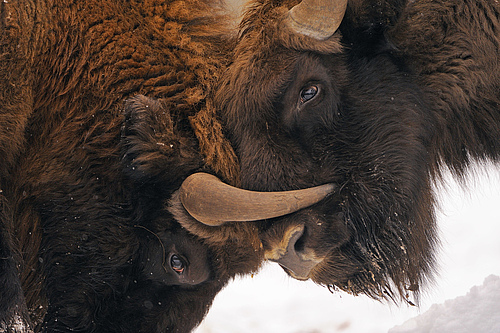
Scientists and NGOs present policy papers. › more
The rewilding of European ecosystems can help to tackle both the current climate and biodiversity emergencies. › more
Researchers assess direct and indirect effects of urban growth on a global scale. › more
Where people’s needs for nature are greatest, nature’s ability to meet those needs is declining › more
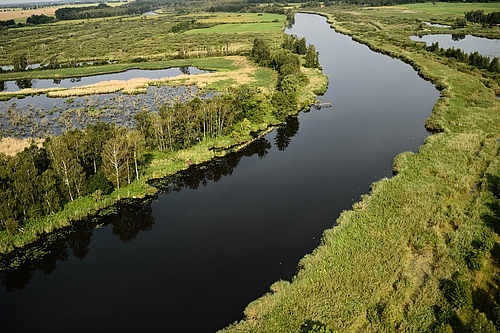
Restoration success depends on regeneration potentials › more
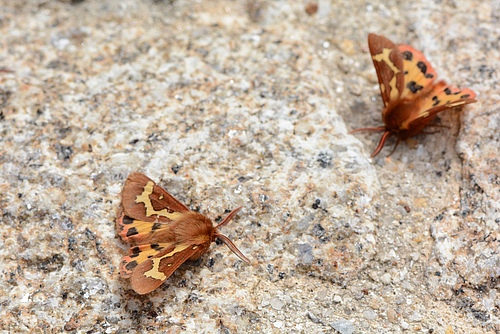
New puzzle piece in scientific debate › more
Research team evaluates global biodiversity data – with surprising resultsLeipzig. After conducting comprehensive studies, an international team of researchers led by Leipzig University and the iDiv… › more

Developed under the auspices of the Group on Earth Observations Biodiversity Observation Network (GEO BON) › more
Population and economic growth offset improvement of environmental balance of land use › more

Wide range of activities of iDiv scientists › more
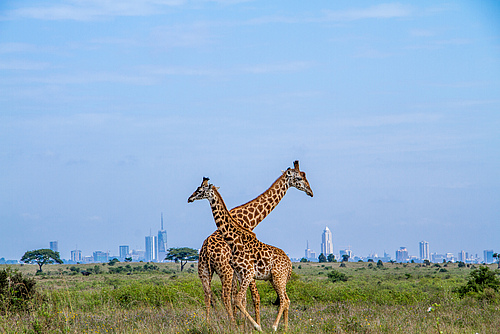
Area of habitat larger than New Zealand could be lost to urbanisation over next 20 years › more
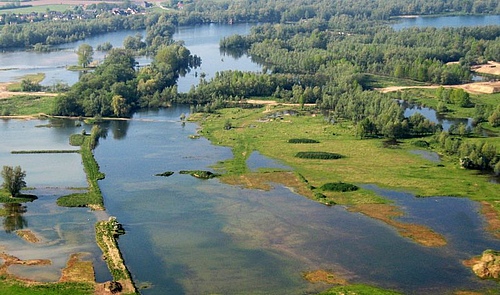
Two new iDiv publications take a closer look at rewilding. › more
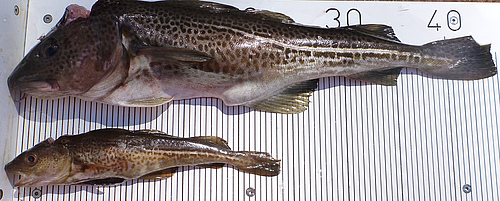
How trait variability within species can be incorporated in Essential Biodiversity Variables (EBVs). › more

